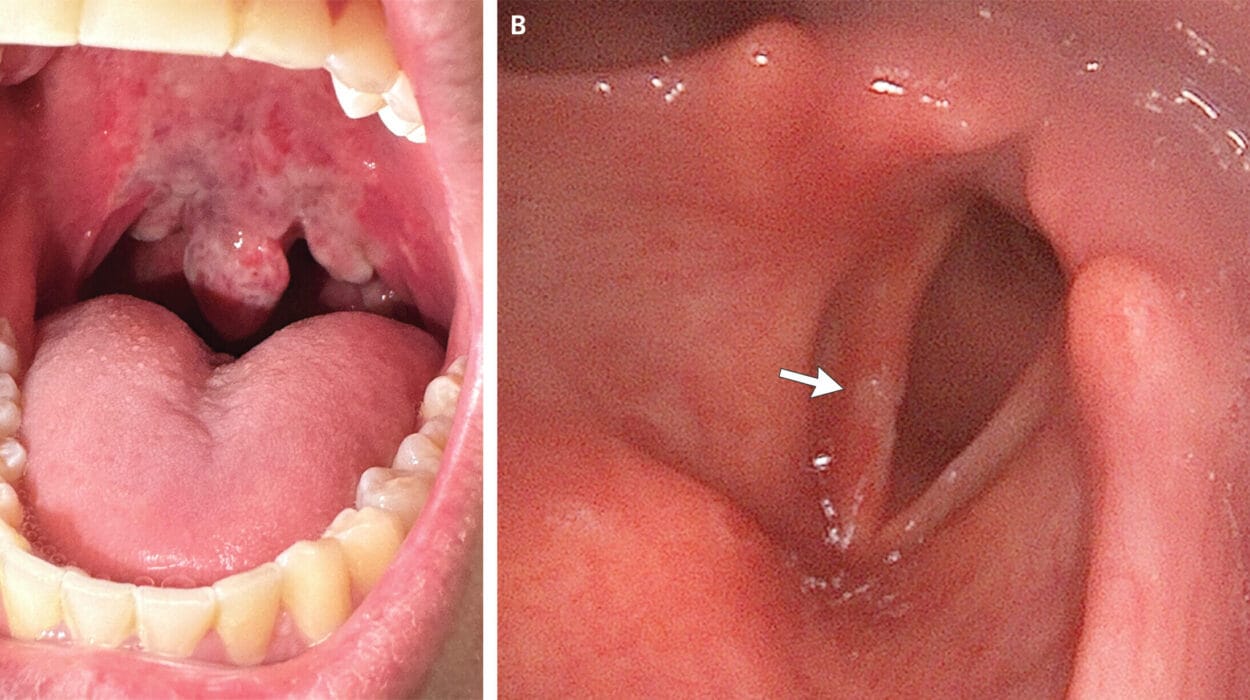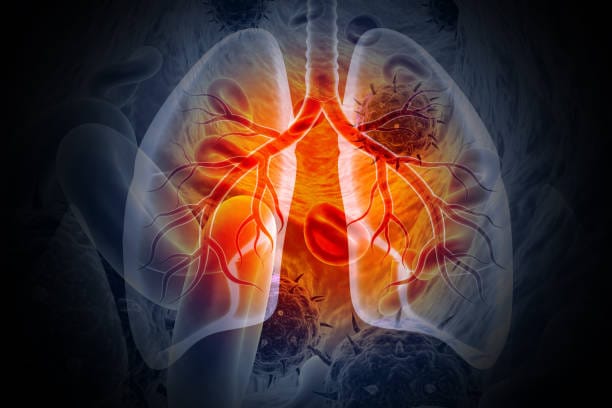There are days when it feels like your own mind has turned against you. Your heart races even though nothing is chasing you. Your chest tightens like it’s being pulled inward. Your thoughts—endless, tangled, insistent—loop on a reel that never pauses. You’re not in danger, and yet your body and mind scream otherwise.
Anxiety is not simply worry magnified. It is a visceral, often invisible prison where the nervous system behaves as if life is perpetually on the brink of disaster. Some people feel it acutely and visibly—panic attacks, trembling hands, nausea. Others carry it in a quiet ache beneath their ribs, in the refusal of sleep to come, in the way joy becomes too heavy to hold.
In a world saturated with artificial solutions, fast fixes, and numbing medications, more and more people are turning toward nature—not because they romanticize the past, but because they are desperate for something gentler, something that heals without side effects, something that doesn’t just mask anxiety but coaxes the body and mind back into balance.
What if some of the most effective tools to soothe a storming mind are the ones humans have always had—roots, rituals, breath, and movement? Science is beginning to validate what ancient traditions have long understood: that nature offers more than beauty. It offers medicine.
The Biology of a Storm
To understand how natural remedies work, we first have to understand what anxiety is. Anxiety is not irrational—it’s a deeply embedded survival mechanism designed to protect us from threats. The problem is that in modern life, the threats are no longer saber-toothed tigers but looming deadlines, unresolved trauma, social pressure, and sometimes, seemingly nothing at all.
At its core, anxiety involves a complex interaction between the amygdala—the brain’s fear center—and the hypothalamic-pituitary-adrenal (HPA) axis, which controls the body’s stress response. When this system misfires, it floods the body with cortisol and adrenaline, making us hyper-alert, short of breath, and restless.
Conventional treatments like SSRIs or benzodiazepines aim to modulate these pathways chemically, often with success—but also with side effects and the risk of dependence. Natural remedies seek to influence the same systems through gentler, often holistic mechanisms, allowing the body to remember how to self-regulate.
The Nervous System Needs Safety
Before diving into the botanicals and breathing techniques, we must acknowledge one truth: the nervous system cannot heal when it feels unsafe. Safety isn’t just about physical surroundings—it’s about feeling emotionally supported, connected, and heard. This is why community, kindness, and even touch can be as medicinal as any herb.
Natural remedies for anxiety work best when integrated into a lifestyle that honors the body’s signals instead of suppressing them. This isn’t about fixing something broken—it’s about reawakening the systems that already know how to restore peace.
The Calm Hidden in Plants
For thousands of years, cultures across the globe have turned to the plant world to calm the agitated mind. Now, clinical studies are catching up, showing how certain herbs and botanical extracts directly impact neurotransmitters like GABA, serotonin, and dopamine, or lower levels of stress hormones.
Take passionflower, for instance—a climbing vine with purple and white blooms that has been shown in randomized trials to reduce anxiety levels as effectively as pharmaceutical drugs in some cases, without the sedating side effects. Its compounds interact with GABA receptors in the brain, encouraging a state of calm alertness rather than sedation.
Ashwagandha, an adaptogenic herb used in Ayurvedic medicine, works differently. Rather than acting on neurotransmitters, it helps regulate the body’s stress response by lowering cortisol levels. Clinical studies show that people taking ashwagandha for eight weeks had significantly reduced anxiety compared to those given a placebo.
Even the humble chamomile—a staple in sleepy-time teas—has surprising scientific backing. A study published in Phytomedicine found that long-term use of chamomile extract significantly reduced moderate to severe generalized anxiety disorder symptoms.
These herbs aren’t magic. They don’t work instantly or for everyone. But when used consistently and in appropriate doses, they help nudge the nervous system toward a state of ease, especially when combined with other supportive practices.
The Breath as Medicine
It sounds almost too simple. How can breathing—something we do involuntarily—possibly alter something as overpowering as anxiety?
But the science of breath is profound. The autonomic nervous system, which controls our stress response, can actually be influenced by conscious, intentional breathing. This is one of the only systems in the human body where voluntary actions can directly affect involuntary responses.
When you take slow, diaphragmatic breaths, especially with longer exhales, you stimulate the vagus nerve—a critical pathway in the parasympathetic nervous system that tells the body, “You’re safe. You can rest.”
Practices like box breathing (inhaling for 4 seconds, holding for 4, exhaling for 4, holding for 4) and coherent breathing (5-6 breaths per minute) have been shown in clinical trials to significantly reduce anxiety, even after short sessions.
It’s not just placebo. Brain scans show reduced activity in the amygdala, lower heart rates, and increased heart rate variability—a sign that the body is in a relaxed, resilient state.
Unlike medication, the breath doesn’t need a prescription. It’s always available, waiting to be rediscovered as a tool for restoration.
Movement That Grounds Rather Than Excites
Not all exercise is created equal when it comes to anxiety. High-intensity workouts, while healthy in many ways, can sometimes exacerbate symptoms in people with hyperactive nervous systems, especially if done without proper recovery.
What tends to work better for anxiety are forms of mindful movement—exercise that reconnects you with your body and slows your racing thoughts.
Yoga, particularly slower forms like Hatha and Yin, has shown remarkable promise. It combines movement, breath, and meditative focus in a single practice. Studies consistently find that regular yoga practice decreases anxiety levels and improves emotional regulation by increasing GABA levels in the brain.
Tai Chi and Qigong, ancient Chinese movement practices, are another path toward equilibrium. They blend slow, intentional movement with breath and visualization, helping to rebalance the nervous system.
Even walking in nature, sometimes called “green exercise,” has a profound impact. A 2019 study in Frontiers in Psychology showed that just 20 minutes spent in a natural environment reduces cortisol significantly. When you combine gentle movement with the sensory richness of the outdoors—the sound of birds, the feel of the wind, the scent of leaves—you create the perfect environment for anxiety to loosen its grip.
Food That Feeds Calm
The gut-brain connection is no longer theoretical—it’s scientifically established. What you eat influences not only your physical health but also your emotional state. The gut microbiome, made up of trillions of bacteria, plays a critical role in mood regulation.
Anxiety-prone individuals often have a disrupted gut microbiome. They may lack diversity or have an overgrowth of inflammatory strains that contribute to poor digestion, fatigue, and mood disorders.
Fermented foods like kefir, sauerkraut, and kimchi help restore microbial balance. Prebiotic-rich foods such as garlic, onions, and oats feed beneficial bacteria.
In addition, diets high in refined sugar, processed carbs, and trans fats tend to inflame the brain and worsen anxiety symptoms. By contrast, the Mediterranean diet, rich in healthy fats, leafy greens, legumes, and fatty fish, is associated with lower levels of anxiety and depression.
Then there’s magnesium, the “calming mineral,” which plays a role in over 300 enzymatic reactions in the body, including those related to mood. Low magnesium levels are common in people with chronic anxiety, and supplementation has shown measurable improvements.
A nourished brain is a stable brain. Sometimes, anxiety isn’t a character flaw—it’s a cry for nutrients.
The Role of Ritual and Routine
One often overlooked aspect of natural healing is the power of ritual. In a chaotic, unpredictable world, routines act as anchors. They create predictability and signal safety to the nervous system.
Starting and ending the day with intentional acts—making tea, journaling, walking, lighting a candle—builds what psychologists call behavioral momentum, helping you regulate emotional states even before they arise.
This is where natural remedies shine most: not as isolated interventions, but as parts of a lifestyle that encourages slowness, mindfulness, and connection.
Herbs brewed into tea become more than medicine—they become a moment of stillness. A breathwork practice becomes a prayer. A walk becomes a returning.
The Power of Touch and Connection
In our search for remedies, we often forget the simplest one: being with others. Loneliness is one of the greatest predictors of anxiety. We are wired to connect, and touch—whether through a hug, a massage, or holding hands—releases oxytocin, the “bonding hormone” that calms the nervous system.
Even petting a dog or cat can lower cortisol levels. Animal-assisted therapy has gained recognition in hospitals and counseling centers for its ability to soothe trauma and anxiety.
Humans don’t just want connection—they biologically require it. No supplement can substitute for love, belonging, and the healing warmth of being seen.
When Nature Is Not Enough
There is no shame in needing more. Natural remedies, while powerful, are not cure-alls. For some people, especially those with severe or chronic anxiety, a combination of therapy, lifestyle change, and—when necessary—medication may be the most responsible path.
But even in those cases, integrating natural methods can reduce the dose of medication needed, alleviate side effects, and provide a more holistic foundation for healing.
Nature doesn’t ask us to choose between science and tradition. It offers both.
The Return to Wholeness
What natural remedies ultimately offer is not just relief, but reconnection. Reconnection to your body, to your breath, to the Earth beneath your feet, to the communities you belong to, and to the wisdom you carry within.
Anxiety is not a defect—it’s a signal. And sometimes, the best response to that signal is not suppression, but listening. In listening, we remember what we’ve forgotten: that the human body, when given the right environment, knows how to heal.
So let the sunlight touch your skin. Let your feet find rhythm with the earth. Let herbs steep and breath deepen and stillness rise. Let yourself be reminded—not everything that is powerful has to come in a pill. Sometimes, healing grows quietly, like a root, waiting for us to remember where to look.






